Malaysia pushes clean tech and innovation for growth – Digital Watch Observatory

Report on Malaysia’s Strategic Alignment with Sustainable Development Goals through Green and Digital Investment
Malaysia is undertaking a strategic economic transition focused on low-carbon development and digital innovation. This initiative directly supports the nation’s commitment to the United Nations Sustainable Development Goals (SDGs), with targeted investments in green technology and sustainable infrastructure.
Advancing Clean Energy and Climate Action: SDG 7 and SDG 13
The government’s strategy prioritizes decarbonization to address climate change and ensure access to clean energy. Key initiatives outlined at the National Economic Forum 2025 include:
- Carbon Management: Implementing systems to reduce the national carbon footprint, directly contributing to SDG 13 (Climate Action).
- Hydrogen Energy: Investing in hydrogen as a clean energy source to advance SDG 7 (Affordable and Clean Energy).
- Advanced Nuclear Technology: Exploring Small Modular Reactors (SMRs) as a stable, low-carbon energy source to support large-scale decarbonization efforts, enhancing research and technology transfer in line with SDG 7 and SDG 9.
Fostering Sustainable Industry, Innovation, and Consumption: SDG 9 and SDG 12
Malaysia is fostering an environment of innovation to build resilient infrastructure and promote sustainable industrialization. This approach is underpinned by a commitment to responsible consumption and production patterns.
- Green Materials and Circular Economy: A focus on developing sustainable materials and adopting circular economic models aims to minimize waste and maximize resource efficiency, directly aligning with the objectives of SDG 12 (Responsible Consumption and Production).
- Investment in Research & Development: A 17% increase in private R&D investment, particularly in clean energy, signals growing confidence in Malaysia’s green innovation strategy, which is fundamental to achieving SDG 9 (Industry, Innovation, and Infrastructure).
Enhancing Health, Well-being, and Food Security: SDG 2 and SDG 3
Through its National Biotechnology Policy, Malaysia is leveraging technology to improve public health and agricultural sustainability.
- Biopharmaceuticals and Digital Health: Investment in these sectors supports SDG 3 (Good Health and Well-being) by advancing medical treatments and healthcare accessibility.
- Agricultural Biotechnology: This focus area contributes to SDG 2 (Zero Hunger) by enhancing crop resilience and food production in a sustainable manner.
Strengthening Partnerships for the Goals: SDG 17
The government is actively cultivating partnerships between the public and private sectors to accelerate progress towards the SDGs. This collaborative approach is a core tenet of SDG 17 (Partnerships for the Goals) and is being implemented through:
- Co-investment strategies to share risk and reward.
- Grants to stimulate innovation in key sustainable sectors.
- Collaborative platforms to facilitate knowledge sharing and technology transfer.
These integrated efforts aim to establish a resilient, inclusive, and innovation-driven economy, positioning Malaysia for its next phase of sustainable regional development in full alignment with the global SDG framework.
Analysis of Sustainable Development Goals (SDGs) in the Article
1. Which SDGs are addressed or connected to the issues highlighted in the article?
-
SDG 7: Affordable and Clean Energy
- The article explicitly mentions Malaysia’s focus on “clean energy,” “hydrogen energy,” and exploring “advanced nuclear technologies such as Small Modular Reactors” to support decarbonisation. This directly relates to ensuring access to affordable, reliable, sustainable, and modern energy.
-
SDG 9: Industry, Innovation and Infrastructure
- The core theme of the article is Malaysia’s strategy to build an “innovation-driven economy.” It highlights increased “private R&D investment,” “co-investment strategies,” “collaborative innovation platforms,” and the “National Biotechnology Policy.” These efforts are central to building resilient infrastructure, promoting inclusive and sustainable industrialization, and fostering innovation.
-
SDG 12: Responsible Consumption and Production
- The mention of implementing “circular economic models” and using “green materials” directly addresses the goal of ensuring sustainable consumption and production patterns by promoting resource efficiency.
-
SDG 13: Climate Action
- The article details Malaysia’s plan to “accelerate its transition to a low-carbon… economy” through strategies for “carbon management” and “decarbonisation.” This shows a clear commitment to integrating climate change measures into national policy and taking urgent action to combat its impacts.
2. What specific targets under those SDGs can be identified based on the article’s content?
-
Under SDG 7 (Affordable and Clean Energy):
- Target 7.2: “By 2030, increase substantially the share of renewable energy in the global energy mix.” This is supported by the country’s investment in “clean energy” and “hydrogen energy.”
- Target 7.a: “By 2030, enhance international cooperation to facilitate access to clean energy research and technology… and promote investment in energy infrastructure and clean energy technology.” This is reflected in the government’s use of “co-investment strategies, grants and collaborative innovation platforms” and its focus on “technology transfer” related to nuclear technologies.
-
Under SDG 9 (Industry, Innovation and Infrastructure):
- Target 9.4: “By 2030, upgrade infrastructure and retrofit industries to make them sustainable, with increased resource-use efficiency and greater adoption of clean and environmentally sound technologies…” This is evident from the focus on “green technologies” and “circular economic models.”
- Target 9.5: “Enhance scientific research, upgrade the technological capabilities of industrial sectors… encouraging innovation and substantially increasing… public and private research and development spending.” The article directly points to this with the “17% increase in private R&D investment” and the aim to create an “innovation-driven economy.”
- Target 9.b: “Support domestic technology development, research and innovation in developing countries…” This is demonstrated by the “National Biotechnology Policy” which supports domestic sectors like “biopharmaceuticals and agricultural biotech.”
-
Under SDG 12 (Responsible Consumption and Production):
- Target 12.2: “By 2030, achieve the sustainable management and efficient use of natural resources.” The strategy of using “green materials” and “circular economic models” directly contributes to this target.
-
Under SDG 13 (Climate Action):
- Target 13.2: “Integrate climate change measures into national policies, strategies and planning.” The article describes Malaysia’s national strategy, outlined at the National Economic Forum 2025, to transition to a “low-carbon” economy through “carbon management,” which is a direct implementation of this target.
3. Are there any indicators mentioned or implied in the article that can be used to measure progress towards the identified targets?
-
For Target 9.5 (Enhance scientific research and R&D spending):
- Indicator 9.5.1: Research and development expenditure as a proportion of GDP. The article provides a specific data point that can be used for this indicator: “A 17% increase in private R&D investment last year.” This is a direct quantitative measure of progress.
-
For Target 13.2 (Integrate climate change measures into national policies):
- Indicator 13.2.1: Number of countries that have communicated the establishment or operationalization of an integrated policy/strategy/plan. The article implies this indicator by mentioning Malaysia’s national strategy to “accelerate its transition to a low-carbon and digitally driven economy,” as outlined at the “National Economic Forum 2025.” The existence of this strategy is the indicator.
-
For Target 7.2 (Increase share of renewable energy):
- Indicator 7.2.1: Renewable energy share in the total final energy consumption. While no specific percentage is given, the article implies progress towards this indicator through investments in “clean energy,” “hydrogen energy,” and “Small Modular Reactors.” The level of investment and development in these areas serves as a proxy measure.
4. Summary Table of SDGs, Targets, and Indicators
| SDGs | Targets | Indicators Identified in the Article |
|---|---|---|
| SDG 7: Affordable and Clean Energy | 7.2: Increase the share of renewable energy. 7.a: Enhance international cooperation and investment in clean energy. |
Implied: Investments in clean energy, hydrogen, and nuclear technology. Use of co-investment strategies and grants. |
| SDG 9: Industry, Innovation and Infrastructure | 9.4: Upgrade infrastructure and industries for sustainability. 9.5: Enhance research and increase R&D spending. 9.b: Support domestic technology development and innovation. |
Direct: “A 17% increase in private R&D investment.” Implied: Adoption of green technologies and circular models; implementation of the National Biotechnology Policy. |
| SDG 12: Responsible Consumption and Production | 12.2: Achieve sustainable management and efficient use of natural resources. | Implied: Implementation of “circular economic models” and use of “green materials.” |
| SDG 13: Climate Action | 13.2: Integrate climate change measures into national policies and planning. | Direct: The existence of a national strategy for a “low-carbon” economy and “decarbonisation.” |
Source: dig.watch

What is Your Reaction?
 Like
0
Like
0
 Dislike
0
Dislike
0
 Love
0
Love
0
 Funny
0
Funny
0
 Angry
0
Angry
0
 Sad
0
Sad
0
 Wow
0
Wow
0


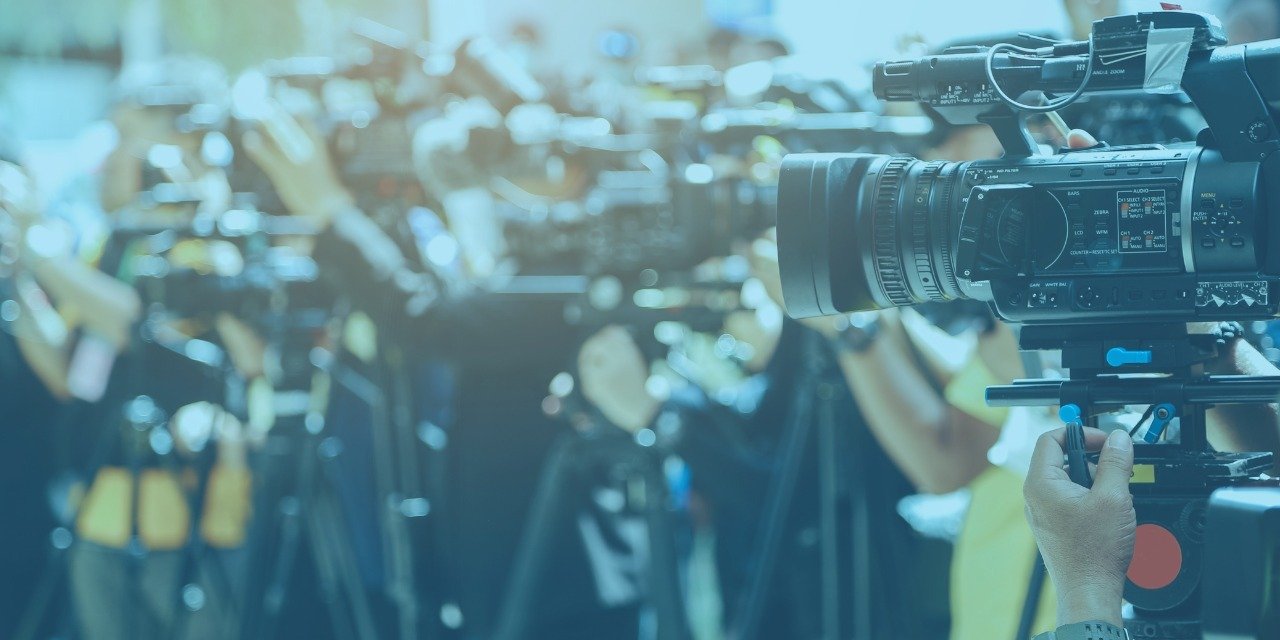





















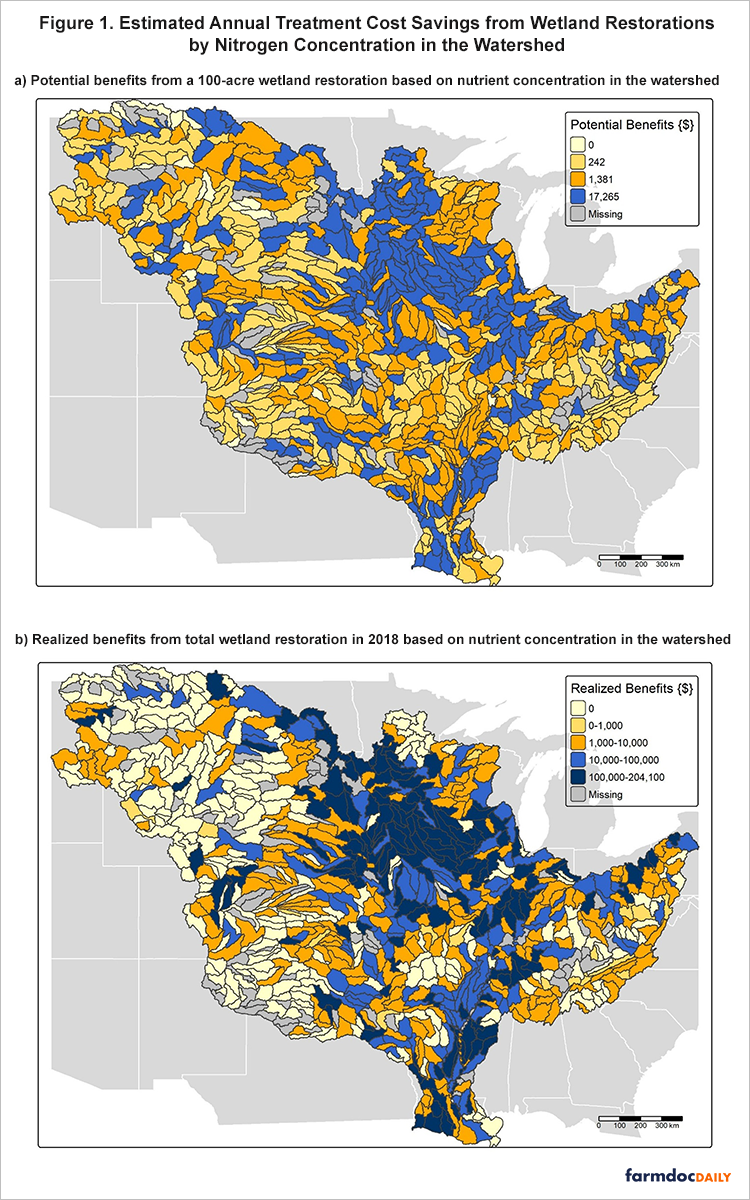
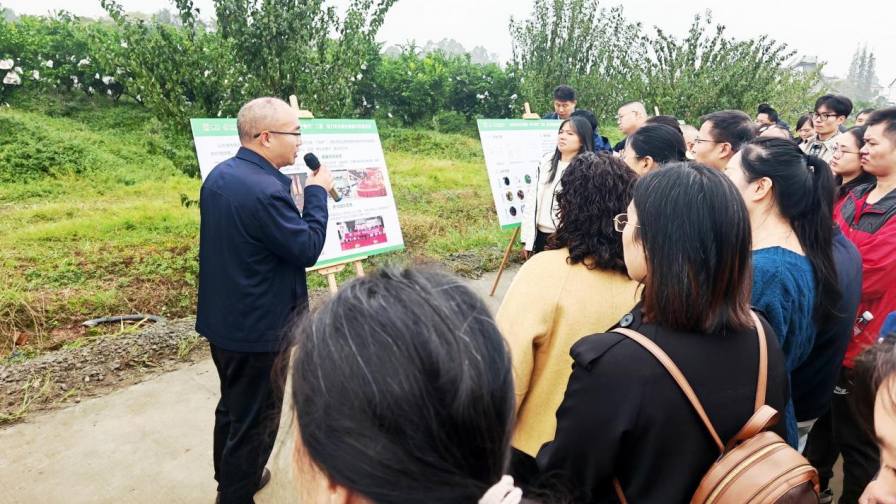

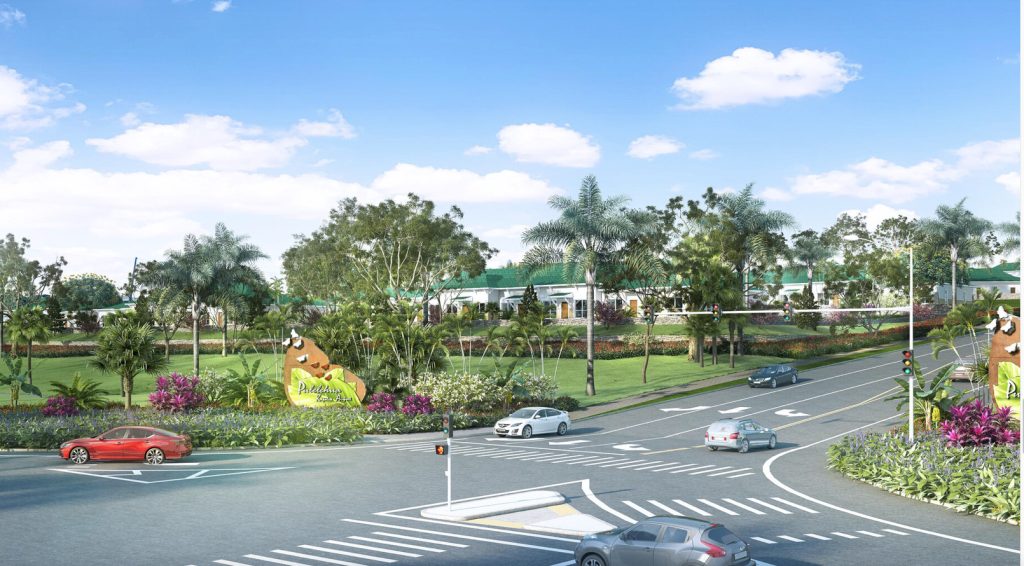



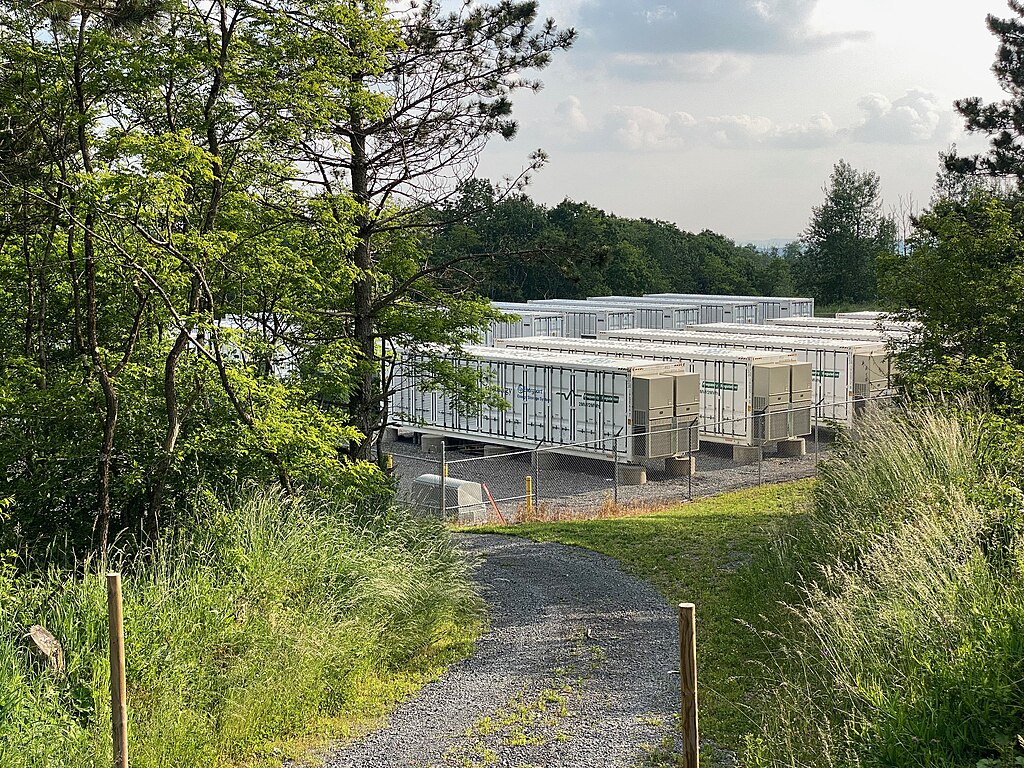
_2.png?#)
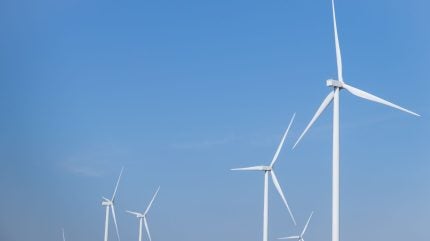


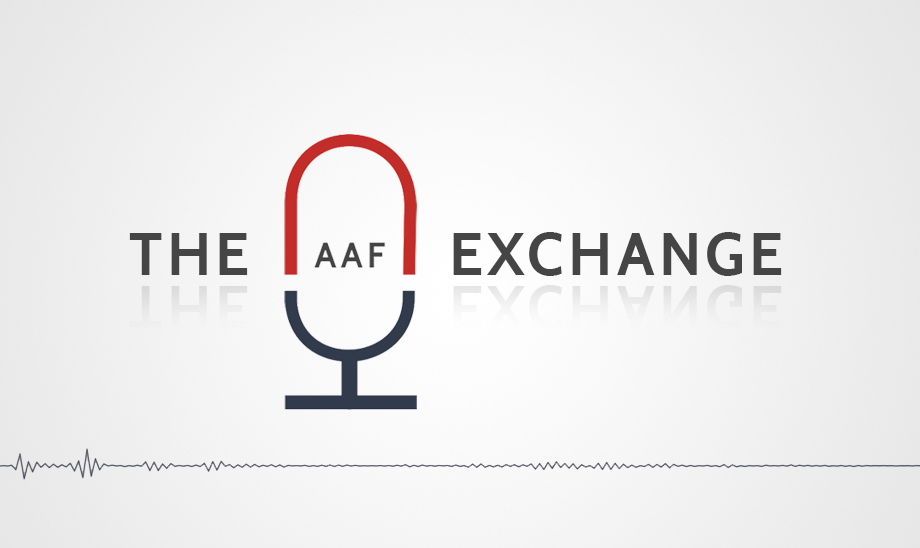






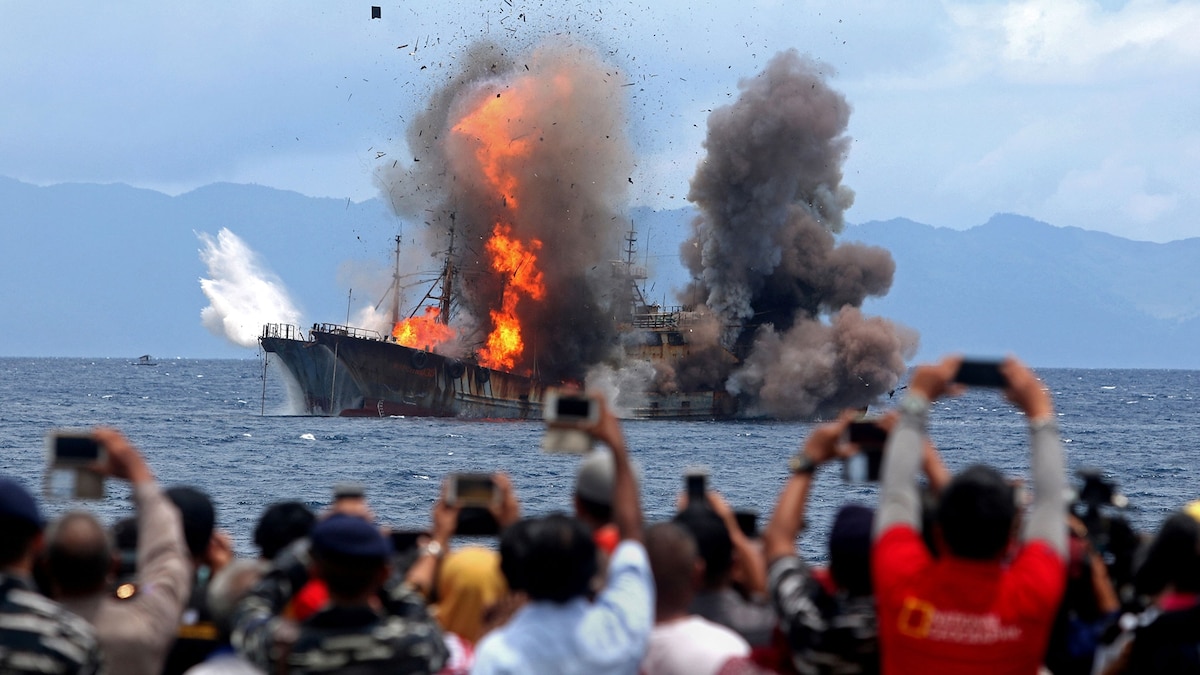
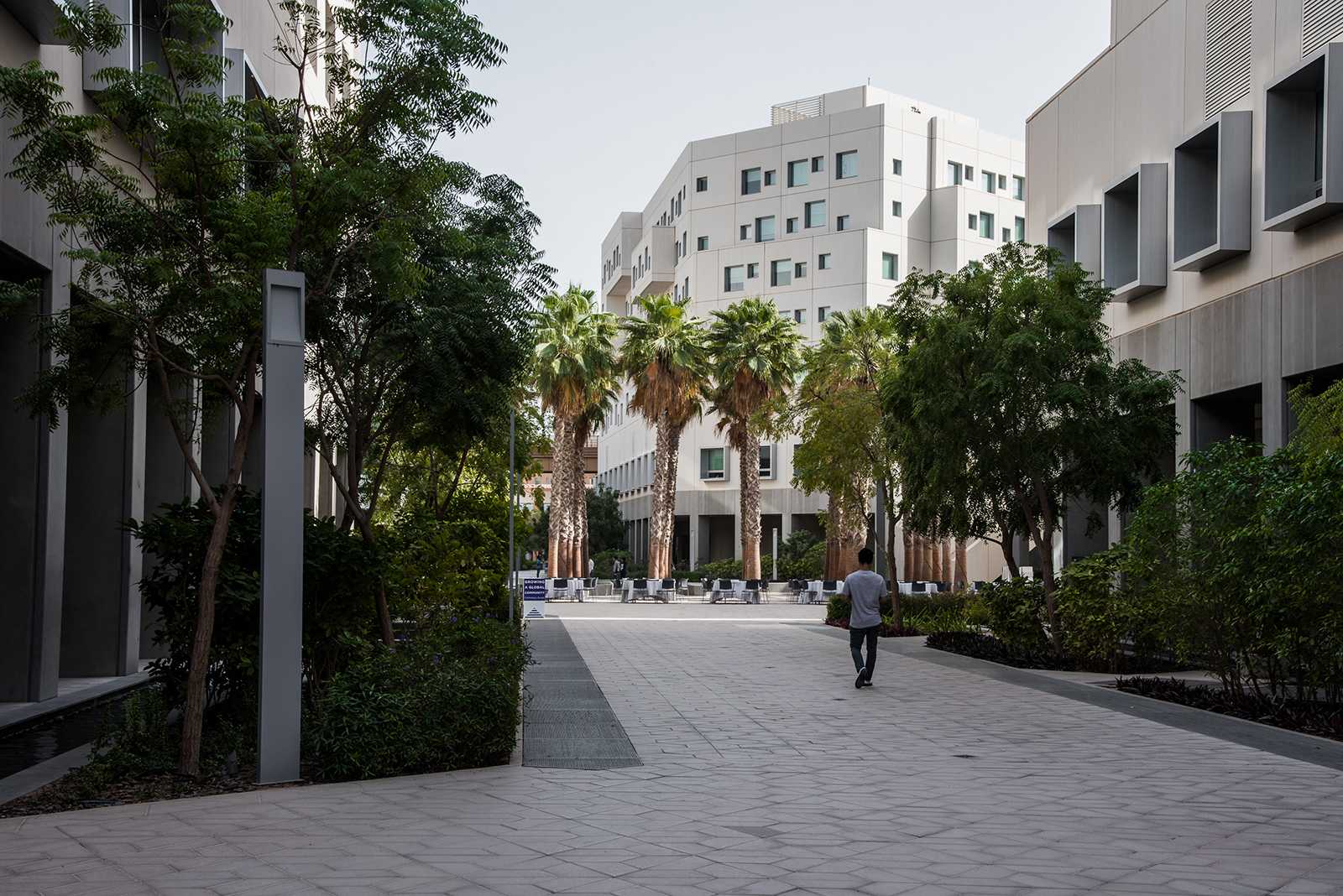

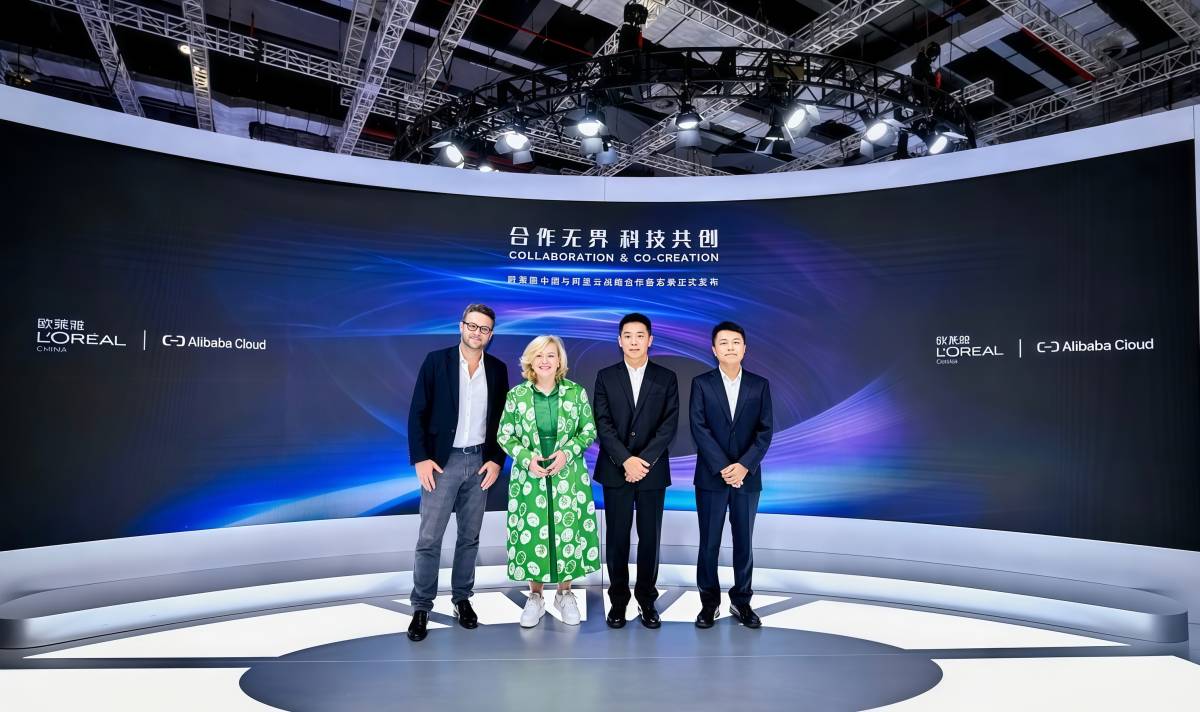








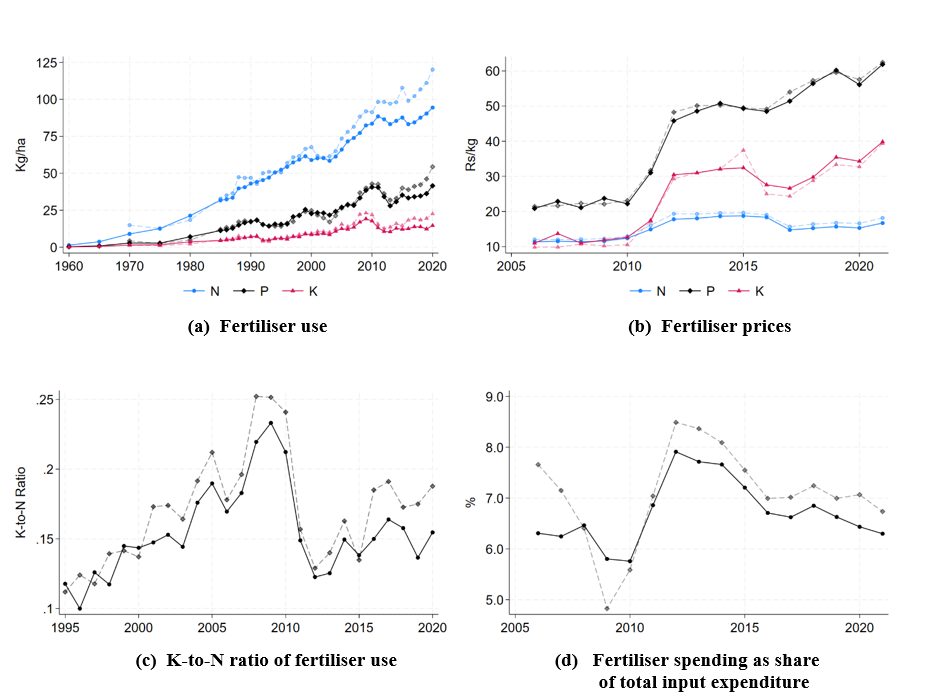
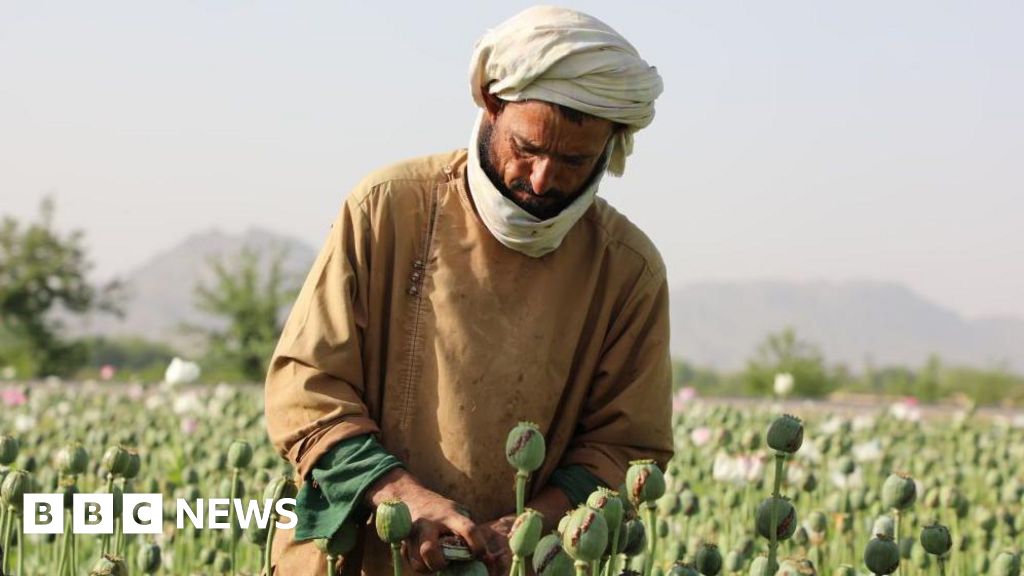
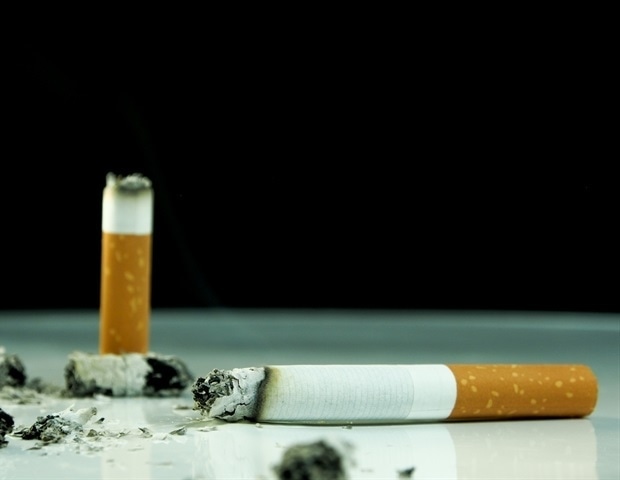




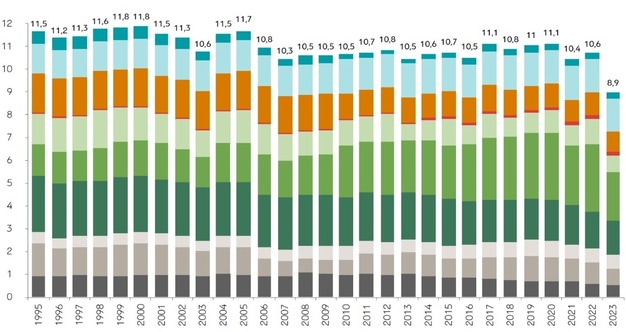
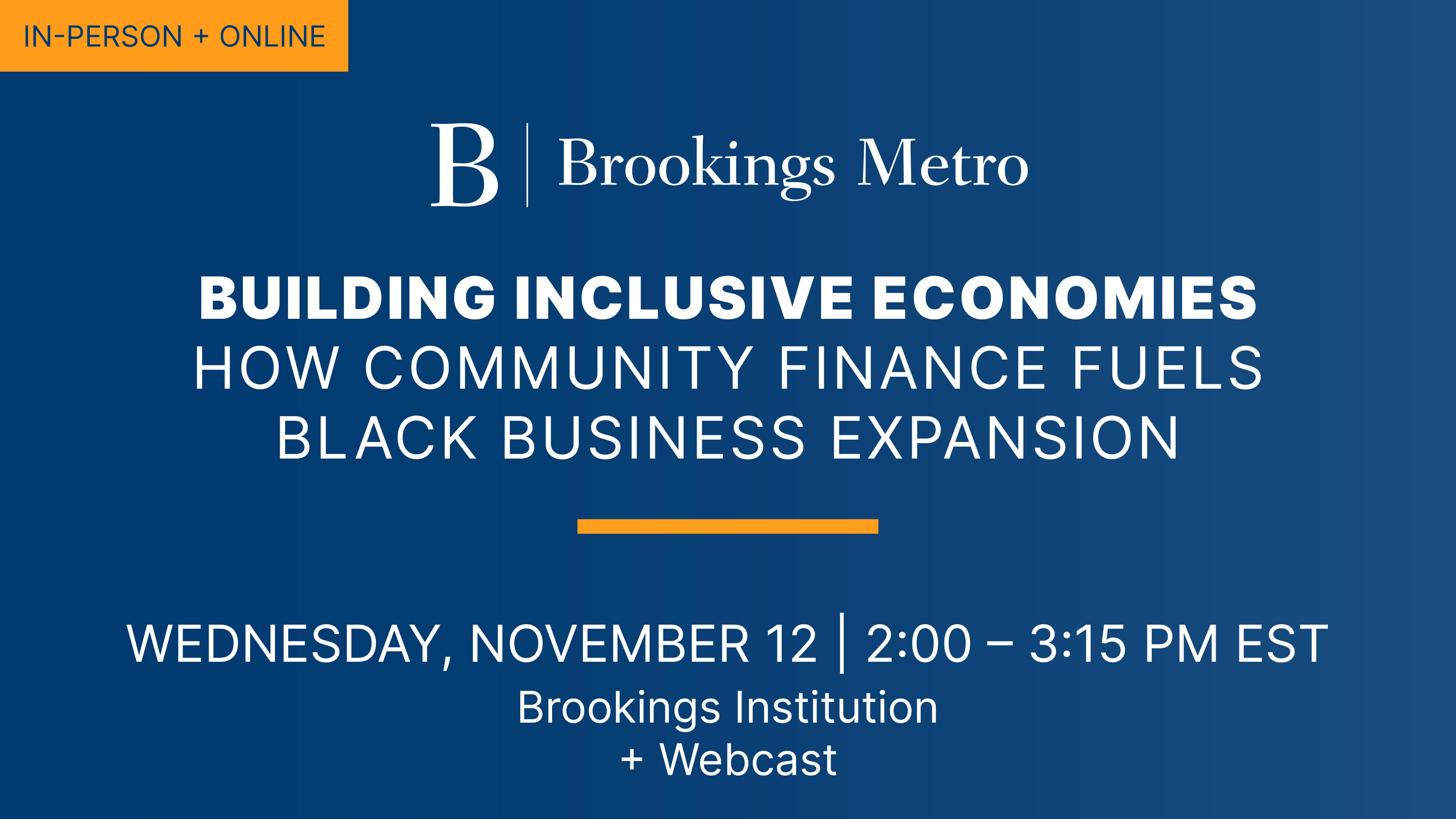




;Resize=620#)








